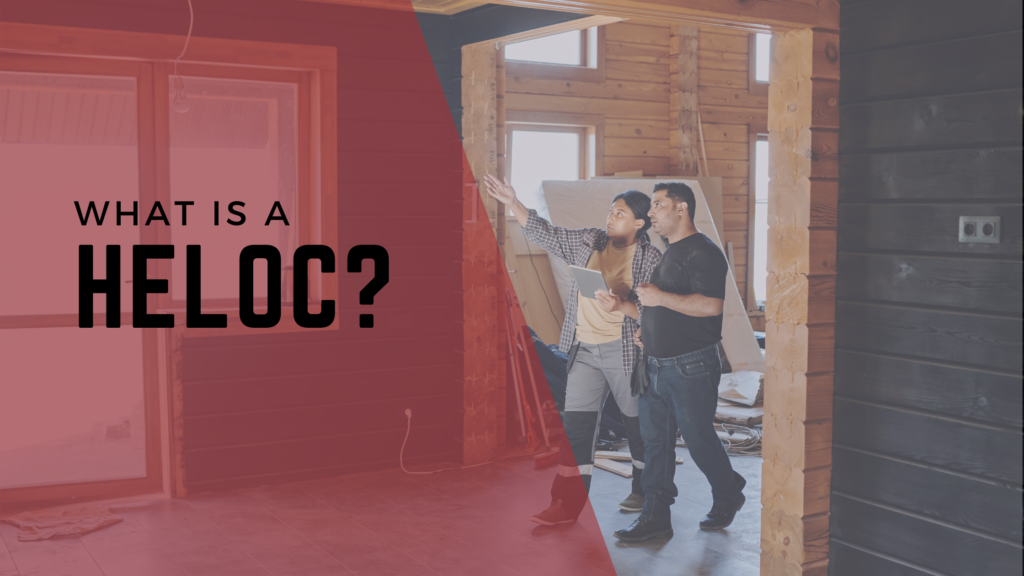When homeowners are looking for ways to fund a home improvement project—whether it’s a new fence, roof replacement, or a kitchen remodel—they often come across something called a HELOC. But what exactly is a HELOC, and is it the right option for every homeowner?
In this installment of our Financing Fundamentals series, we’ll break down what a HELOC is, how it works, and how it compares to other financing options available to contractors and their customers.
What Is a HELOC?
A HELOC, or Home Equity Line of Credit, is a revolving credit line secured by the equity a homeowner has in their home. In simple terms, it allows homeowners to borrow money—typically for home improvement—by tapping into the difference between what their home is worth and what they still owe on their mortgage.
Think of it like a credit card with a credit limit based on your home’s value. Homeowners can draw from it as needed, pay it back over time, and only pay interest on the amount they actually borrow.
How a HELOC Works
Borrowing Period (Draw Period): During the borrowing period, or draw period,homeowners can withdraw funds as needed up to their approved limit—usually via checks, credit cards, or online transfers. This is typically the first 5–10 years of the loan. After the draw period ends, the repayment period begins (typically 10–20 years). Homeowners can no longer borrow funds and must start paying down the principal along with any remaining interest. Most HELOCs have variable interest rates, meaning the cost of borrowing can increase or decrease over time.
Since HELOCs are secured by the home, lenders usually require:
- A strong credit score (typically 620+)
- Sufficient home equity (usually at least 15–20%)
- Proof of income and ability to repay
Pros of a HELOC include:
- Flexibility: Homeowners can borrow what they need, when they need it—great for ongoing or phased projects.
- Lower Interest Rates (in some cases): Because it’s secured by the home, interest rates are often lower than personal loans or credit cards.
- Interest-Only Payments During Draw Period: This can make payments more manageable early on.
Cons of a HELOC include:
- Variable Interest Rates: Payments can increase if interest rates rise.
- Risk of Foreclosure: Because a HELOC is tied to the home, missing payments can put the homeowner at risk of losing their property.
- Slower Approval Process: HELOCs often take longer to process than unsecured financing—sometimes several weeks.
- Not Ideal for Every Project Size: HELOCs are better suited for larger, long-term renovations than smaller, fast-turnaround jobs.
Frequently Asked Questions About HELOCs
Is a HELOC a good way to pay for home improvements?
Yes—for homeowners with available equity and long-term projects, a HELOC can be a flexible financing option. But it may not be ideal for those who need quick funding or want to avoid tying debt to their home.
How is a HELOC different from a home equity loan?
A home equity loan offers a lump sum with a fixed interest rate, while a HELOC is a revolving line of credit with a variable rate.
How long does it take to get a HELOC?
It typically takes 2–6 weeks from application to funding, depending on the lender’s process and whether a home appraisal is required.
Can I use a HELOC for small projects?
Technically yes, but the setup time and fees may not be worth it. Unsecured financing is often a better fit for smaller, faster-turnaround jobs.
Empower Your Customers With Hearth Financing
HELOCs can be a powerful tool for the right homeowner—but they aren’t one-size-fits-all. Understanding how a HELOC works helps contractors better educate their customers and guide them toward the financing option that makes the most sense for their project.
Want to make financing easier for your customers? Schedule a demo today to learn how Hearth helps contractors close more deals with fast, flexible financing.

